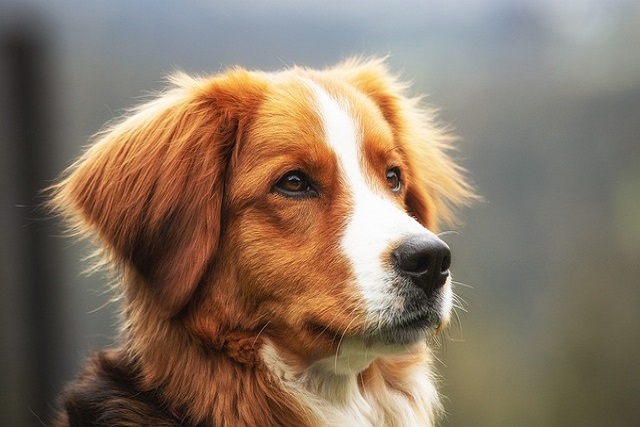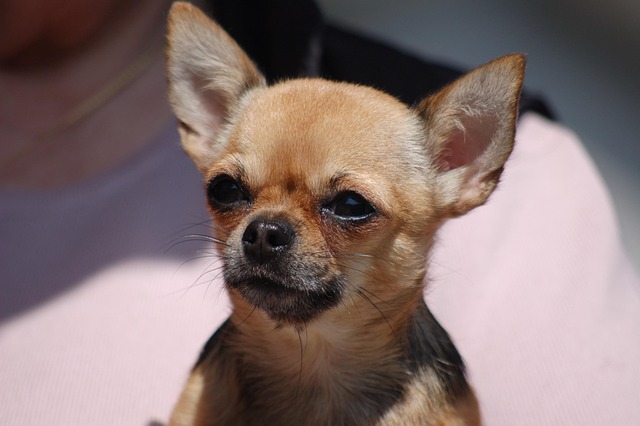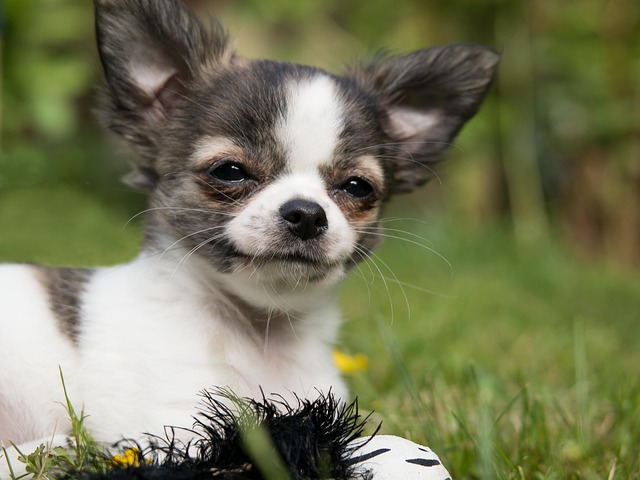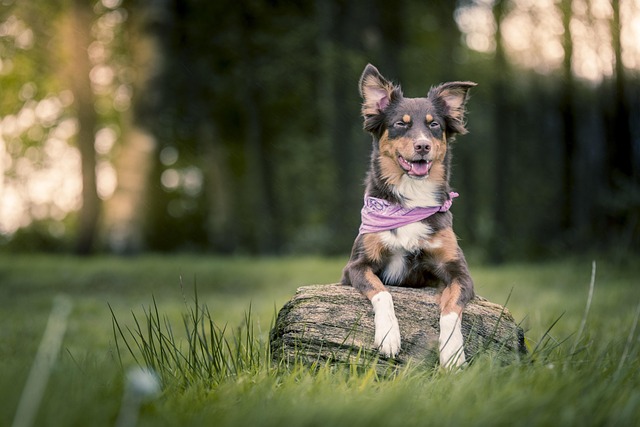
How to train a dog to bite back?
Training a dog to have defensive biting ability is not merely about releasing its attack instincts. Instead, it is based on a high level of trust between humans and dogs.
When the children at home stretch out their tender little hands and want to hug the dog at home with joy, but the dog rushes around due to excessive excitement or shows resistance due to anxiety, such scenes always make parents worried and helpless. Dogs and children are the most precious treasures in the family. Allowing them to interact gently and friendly is not only related to the safety of children, but also an important part of building a harmonious family atmosphere. Training dogs to get along with children gently is a journey full of love and patience. We need to guide them with professional methods and use delicate emotional connections to build a warm communication bridge for them.
There are complex reasons behind the inappropriate behavior of dogs when interacting with children. For dogs, children's behavior patterns are completely different from those of adults. Children are lively and active, and often run and scream suddenly. These actions that are common in the eyes of adults may be strong stimulation signals in the keen senses of dogs. Dogs are naturally alert to the unknown and unexpected situations. When faced with these behaviors of children, they may overreact due to nervousness and excitement, such as jumping on children excitedly and barking loudly. In addition, dogs' social experience will also affect their interaction with children. If dogs lack contact with different people, especially children, during their growth, they will find it difficult to understand the behavioral characteristics of children and do not know how to respond correctly, which will lead to deviations in interaction.
 If you want to train dogs to interact gently with children, you must first start by establishing a stable mood for dogs. Dogs are like our family members. They also need a sense of security and a stable rhythm of life. In daily life, through regular feeding, exercise and rest, help dogs form a stable biological clock and make their emotions more peaceful. At the same time, use positive training methods to give rewards in time when dogs show quiet and docile behavior, such as delicious snacks, gentle touches and enthusiastic praise. This positive feedback can reinforce the good behavior of dogs and let them gradually understand that staying gentle will get more love.
If you want to train dogs to interact gently with children, you must first start by establishing a stable mood for dogs. Dogs are like our family members. They also need a sense of security and a stable rhythm of life. In daily life, through regular feeding, exercise and rest, help dogs form a stable biological clock and make their emotions more peaceful. At the same time, use positive training methods to give rewards in time when dogs show quiet and docile behavior, such as delicious snacks, gentle touches and enthusiastic praise. This positive feedback can reinforce the good behavior of dogs and let them gradually understand that staying gentle will get more love.
Before formally guiding dogs to interact with children, it is crucial to let dogs get familiar with children's voices, smells and behavior patterns in advance. You can put children's clothes and toys in the area where the dog often moves, so that the dog can gradually get familiar with the child's smell through its sense of smell. Play the sound recording of the child playing, starting from a low volume and gradually increasing the volume to let the dog get used to the child's unique screams and laughter. When the dog is calm about these sounds and smells, you can move on to the next step of training.
When letting the dog meet the child for the first time, be sure to be fully prepared and guide. Choose a quiet, spacious and familiar environment for the dog so that both the child and the dog can relax. Let the child approach the dog in a slow and quiet manner, avoiding sudden movements and loud noises. Parents can first hold the child's hand, gently stroke the dog's back and head, and talk to the dog in a gentle tone to let the dog feel the child's friendliness. If the dog appears uneasy or wants to hide, do not force them to interact, but suspend contact and give the dog enough time to adapt.
During the interaction, always pay attention to the status of the dog and the child, and correct inappropriate behavior in time. If the dog pounces on people or becomes overly excited, parents should immediately stop it in a firm and serious tone, such as saying "no" loudly, and temporarily separate the dog from the child, and continue to interact after the dog calms down. For children, they should also be taught the correct way to get along with dogs, such as not pulling the dog's tail or ears, and not disturbing the dog when it is eating or resting. Through repeated guidance and practice, both dogs and children can gradually master the "tricks" of gentle interaction.
Training dogs to get along with children gently is not a one-time thing, and this process may encounter various difficulties and setbacks. Maybe there will be dogs that are always wary of children, and maybe children will be afraid to approach dogs, but in any case, don't give up. Every patient guidance and every warm moment are adding bricks and tiles to the friendship between dogs and children. When one day, seeing the dog snuggling up to the child docilely and the child happily stroking the dog's head, that warmth and beauty will make all the efforts become extraordinary.

Training a dog to have defensive biting ability is not merely about releasing its attack instincts. Instead, it is based on a high level of trust between humans and dogs.

When we watch dogs sniffing around with curiosity, their smart eyes flashing with the light of exploration, we will realize their innate instinct of exploration.

When your lovely Teddy suddenly bares its tiny teeth and nibbles at your fingers or clothes, or accidentally scratches your skin during play,

In the morning, sunlight filters through the window into the room as you carry a bowl of carefully prepared dog food toward the shepherd dog.

In the world of dogs, smell is their unique language for perceiving the outside world and a mysterious bridge for communicating with humans. Dogs' sense of smell is dozens or even hundreds of times more sensitive than that of humans.

When dogs explore the world with their teeth, furniture often becomes their "teething victims." This not only frustrates owners but also reveals the deeper needs behind their behavior.